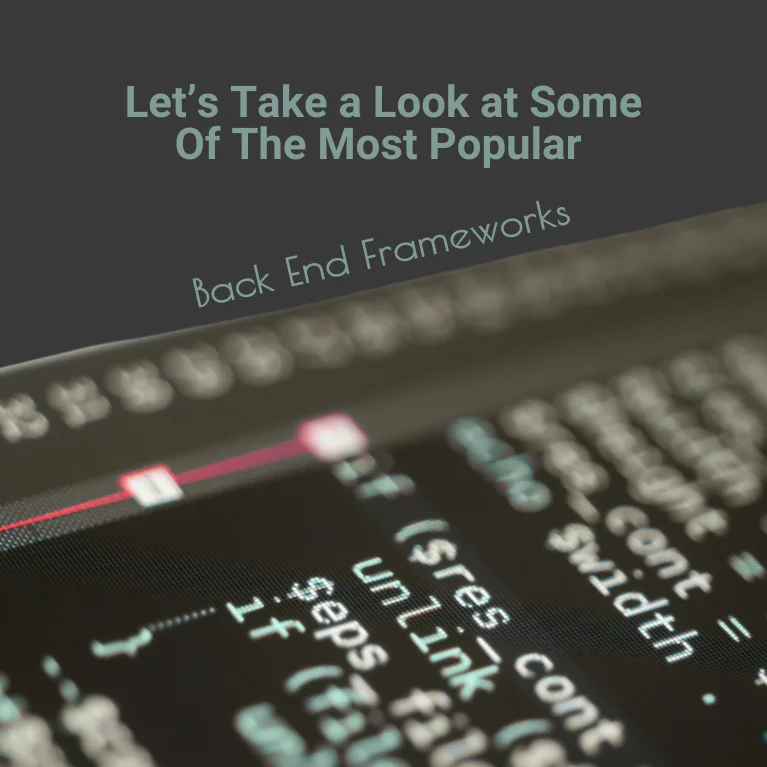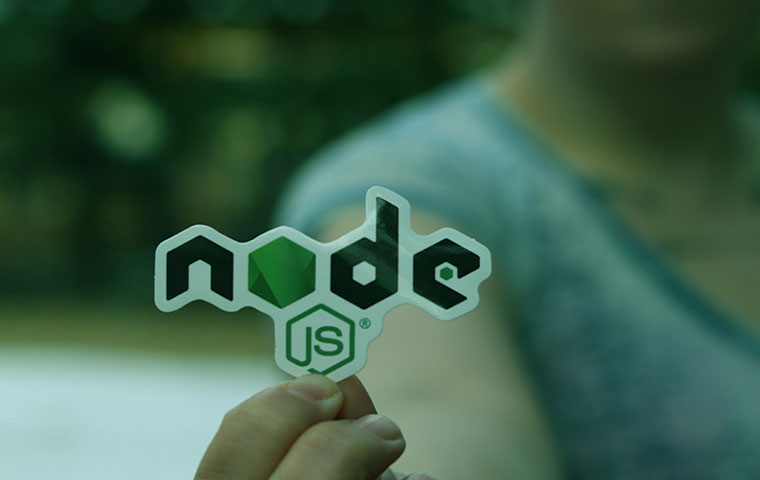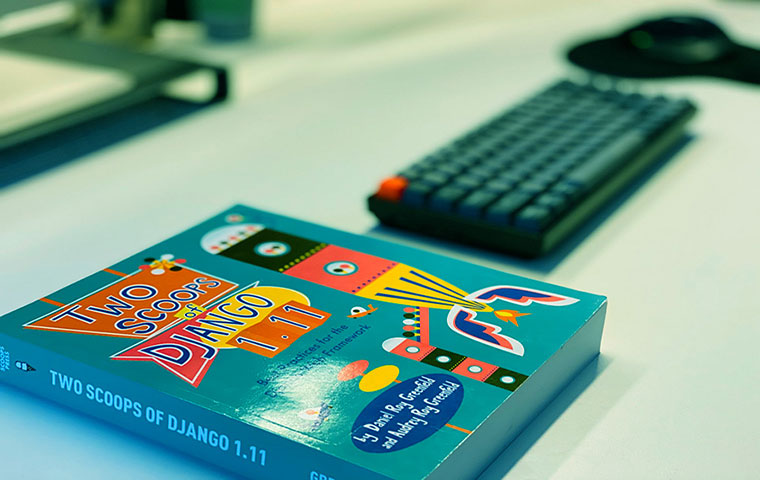In-App Purchases vs Ads: Which Strategy is Best?
You’ve created your app, and people are starting to download,...
We use cookies for our website to give you the most relevant experience by remembering your preferences. By clicking “accept”, you consent to use of ALL the cookies
This website uses cookies to improve your experience while you navigate through the website. Out of these, the cookies that are categorized as necessary are stored on your browser as they are essential for the working of basic functionalities of the website. We also use third-party cookies that help us analyze and understand how you use this website. These cookies will be stored in your browser only with your consent. You also have the option to opt-out of these cookies. But opting out of some of these cookies may affect your browsing experience.
Necessary cookies are absolutely essential for the website to function properly. These cookies ensure basic functionalities and security features of the website, anonymously.
| Cookie | Duration | Description |
|---|---|---|
| cookielawinfo-checkbox-functional | 11 months | This cookie is set by GDPR Cookie Consent plugin. The cookie is used to store the user consent for the cookies in the category “Analytics”. |
| cookielawinfo-checkbox-functional | 11 months | The cookie is set by GDPR cookie consent to record the user consent for the cookies in the category “Functional”. |
| cookielawinfo-checkbox-necessary | 11 months | This cookie is set by GDPR Cookie Consent plugin. The cookies is used to store the user consent for the cookies in the category “Necessary”. |
| cookielawinfo-checkbox-others | 11 months | This cookie is set by GDPR Cookie Consent plugin. The cookie is used to store the user consent for the cookies in the category “Other. |
| cookielawinfo-checkbox-performance | 11 months | This cookie is set by GDPR Cookie Consent plugin. The cookie is used to store the user consent for the cookies in the category “Performance”. |
| viewed_cookie_policy | 11 months | The cookie is set by the GDPR Cookie Consent plugin and is used to store whether or not user has consented to the use of cookies. It does not store any personal data. |
Functional cookies help to perform certain functionalities like sharing the content of the website on social media platforms, collect feedbacks, and other third-party features.
Performance cookies are used to understand and analyze the key performance indexes of the website which helps in delivering a better user experience for the visitors.
Analytical cookies are used to understand how visitors interact with the website. These cookies help provide information on metrics the number of visitors, bounce rate, traffic source, etc.
Advertisement cookies are used to provide visitors with relevant ads and marketing campaigns. These cookies track visitors across websites and collect information to provide customized ads.
Other uncategorized cookies are those that are being analyzed and have not been classified into a category as yet.
Cyberia Tech, Inc. respects your privacy. This Privacy Policy explains how we collect, use, and share your information. By using our services, you agree to this policy. If any other agreements conflict with this Privacy Policy, the terms of those agreements prevail.
Cyberia Tech complies with the EU-US and Swiss-US Privacy Shield Frameworks for handling personal data from the EEA, UK, and Switzerland. In case of any conflict, the Privacy Shield Principles prevail. Learn more at Privacy Shield. Key Definitions
Information linked to an individual, transferred from the EEA, UK, or Switzerland to the U.S.
Data revealing race, religion, health, sexual orientation, and similar categories.
Effective Date: [ 2025 / 11 / 29 ]
Welcome to The Cyberia Tech ! By accessing or using our website or services, you agree to
comply with and be bound by these Terms of Use and our Privacy Policy. If you do not agree with
these terms, please do not use our Services.
Loading
0 %

Can you write on paper with the chalks? Certainly not. The back end framework serves as a chalkboard for chalky code.
A framework is required for every programming language to function. There are several frameworks available for frontend and backend programming languages.
In this essay, we attempted to examine some of the most popular and best backend frameworks available today.
Because most developers nowadays use JavaScript, Python, and PHP backend frameworks, we will concentrate on these popular frameworks.
In this note, we will thoroughly examine frameworks such as Laravel, React, Django, Express, and Flask, as well as several lesser-known or obsolete frameworks.
Stay with us till the very finish.
Table of Contents
Assume you’ve visited India and learned some useful Indian phrases. Coming home and speaking Indian with your buddies would seem strange, right?
Because everything within a given framework has its own meaning.
Any programming language outside its framework is mumbo jumbo; the PHP backend framework is what gives the PHP codes meaning.
Frameworks have more uses than just being a structure for codes and numbers.

There are many basic instructions and codes saved in libraries that might help you get started without having to write everything from scratch.
For example, if you have a list and wish to order it alphabetically, there are two options.
You may create the instructions from scratch, or you can search GitHub for comparable code and copy and paste it into your framework.
This is why, as a user community grows, the framework grows in popularity.
Many programmers have worked on fundamental programs like this; as a consequence, you have saved time for large-picture thinking and employed code that has previously been tested.
So, now that we’ve established the importance of frameworks, let’s look at the best backend framework for each programming language.
Laravel is not just the best PHP backend framework; it is also one of the top five backend frameworks of all time.
Laravel rose to the top of back end frameworks due to its effective documentation system, diversity of built-in tools, and object-oriented approach.
Almost every PHP backend framework has an MVC (Model-View-Controller) structure. The view in this model gets the user’s interaction and transmits it to the controller, which sends the update instruction to the model, which contains the app’s logic.
Once again, the model evaluates the command and passes it back to the controller, who notifies the view.
The model and view never directly communicate with one another, which adds to the process’s complexity.
The PHP language has a basic syntax, and Laravel offers a Blade templating system that allows the developer to run simple code, combine templates, and process data.
Laravel is a fantastic solution for developing REST (REpresentational State Transfer) APIs using JSON to link networks across applications.
To be honest, there are a variety of back end frameworks that provide greater functionality than the PHP backend framework.
JavaScript, in particular, is more popular among developers since it can operate full-stack with JS backend frameworks.
Node.JS is typically used by developers to create frontend code; it is not a back-end framework; in fact, it is not a framework at all.
Node.JS is a framework for executing JavaScript scripts in browsers. Node.JS becomes the magical portal for developers to be full-stack developers by only mastering JavaScript.

It can be used to create extremely scalable programs, and when the frontend and backend languages are the same, the codebase is more consistent.
Furthermore, it offers the simplest learning curve with massive repositories on GitHub.
Because of its asynchronous architecture, Node.JS can handle every request with a single-thread structure.
This feature distinguishes Node as a lightning-fast and efficient platform for programs that need to serve more clients.
It is the greatest JavaScript backend framework used by massive corporations such as Twitter and Uber.
Express.JS has a “minimalist” vibe; it is also a lightweight and fast framework that uses Node as its default server. However, it is frequently used as a front-end partner with Angular.Js.
Express’s success is linked to Node support and its early introduction in 2010. This is the most effective tool for creating APIs and performing HTTP queries.
Enough with JavaScript and its backend frameworks for now. There are several JavaScript backend frameworks, some of which are well-known and others which are not. Let’s have a look at another famous framework called Django.
Quentin Tarantino once made an interesting movie about one of the back-end frameworks. Wait what? Was it not about the backend?
Well, we just thought that the Django back-end framework is so popular that directors are starting to make movies out of it.
Python is Django’s programming language, and it is popular all over the world since it can be used to construct both mobile apps as well as web applications.
Python is a programming language with a straightforward syntax; as a result, its frameworks are in great demand.
Not only is Python a high-level language for backend development and REST API development in Django but AI (Artificial Intelligence) Algorithms may also be constructed with the help of Django’s powerful built-in tools.
Django is another MVC framework that can iterate over relational databases.
Another advantage of utilizing Django is the high level of security it provides for login and permission systems.

Without a doubt, major firms such as Instagram, Spotify, and YouTube utilize Django as their back end framework.
Django has risen to the top of the Python backend frameworks due to its speed and code efficiency.
Django’s prominence gave it a big user base and made working with it less dangerous.
Flask is another Python framework that some people think is easier than Django and suitable for smaller applications.
It may not be fair to examine some frameworks in this area, however in prior years, Ruby on Rails has given up top place to other frameworks.
However, Rails remains popular in several countries and is an excellent alternative for app development with high-level CPU integration.
Spring Boot is another well-known moniker for an open-source framework for developing Java applications.
It is the most popular framework in the Java community since it is simple and quick.
Phoenix, despite its famous reputation, is less well-known among other frameworks. It employs the Elixir programming language, which was inspired by the Erlang virtual computer.
Erlang was originally developed to handle the real-time structure of early telephones.
Elixir is now being launched as an updated version of Erlang for developing real-time and highly scalable applications.
The syntax of Elixir is influenced by Ruby, and it is utilized by apps such as Discord and Pinterest.
All of the frameworks covered thus far have benefits and limitations, and they will fit the individual demands of every project. As a result, claiming one as the greatest backend framework is debatable.
Nobody can definitively declare one back end framework to be the finest of all time. The magnitude and nature of your initiatives will influence your framework selection.
As a result, despite all of its benefits, your project will fail if your framework does not meet the scope of your project.
If you are or want to be a backend developer, please don’t become obsessed with discovering and studying the ultimate back end framework.
Although researching frameworks, their markets, and employment pay is a wise move, a competent developer can always learn a new framework.
Most frameworks contain ready-made structures that are simple to master.
Which is the most widely used backend framework?
With twice as many GitHub repository results as the runner-up, Django, Spring is the most popular backend framework by a wide margin.
Is NodeJs a backend framework?
It’s a common misconception among programmers that Node. js is only a server-building framework. Contrary to popular belief, Node. js may be used in both the front and back ends of a website.
Your web app or website is almost ready to launch once you’ve finished working with your back end framework.
Implementing the best backend framework for the scale of your project will ensure its success and efficiency.
Instead of beginning from zero, you will have a structure to follow while starting your job. Having a proper framework, whether you use a JavaScript, Python, or PHP backend framework, speeds up your development.
If you have any questions regarding selecting a framework for your development program, please do not hesitate to contact us.
We have expert backend engineers that are fluent in numerous languages and can assist you. Good luck with your code.
You Can Get More Information!
